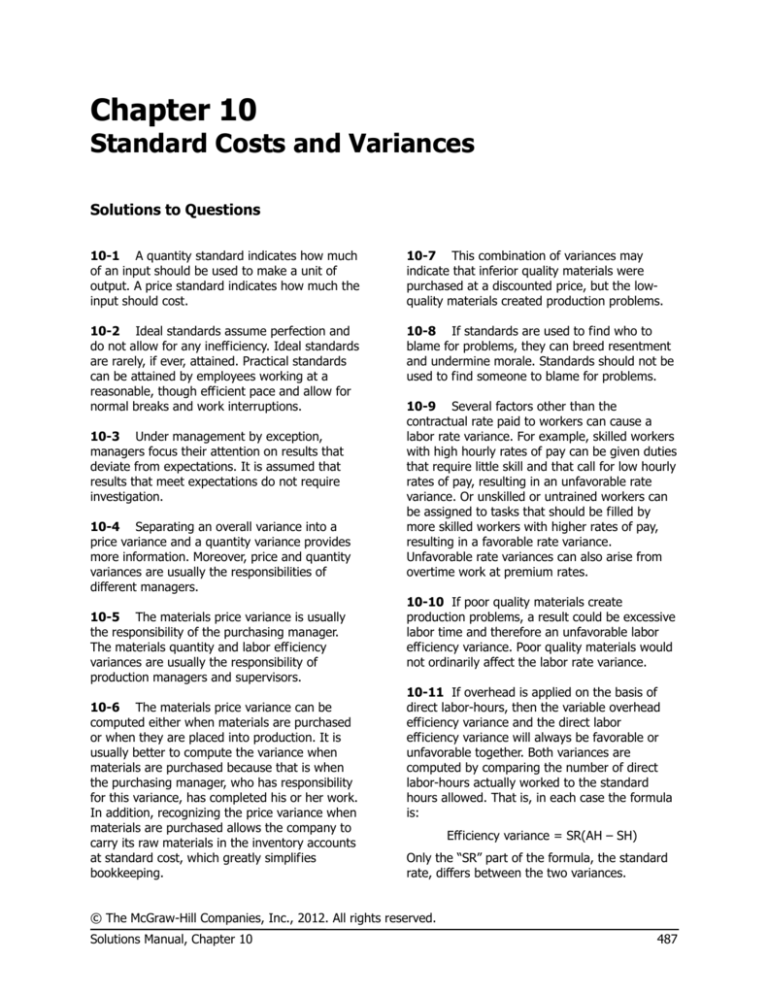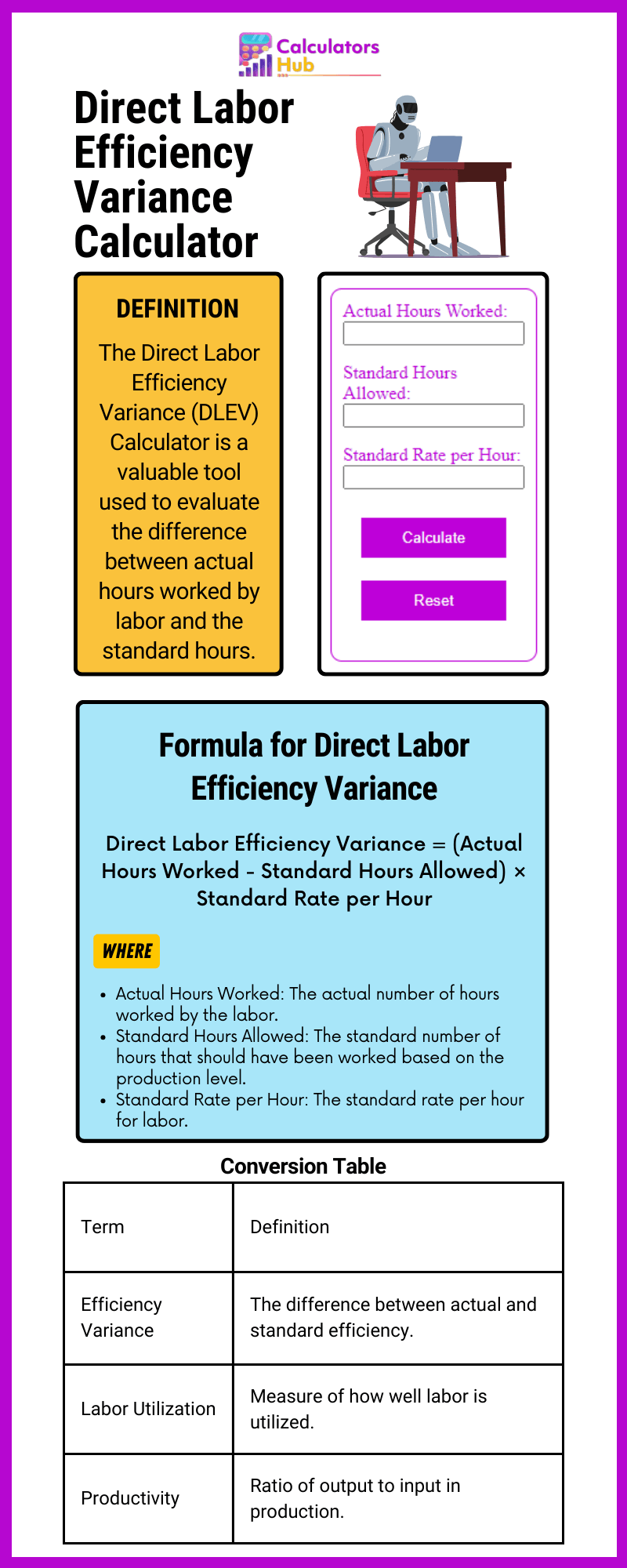
By understanding these foundational aspects of church accounting, you’re well on your way to ensuring your ministry operates with financial responsibility and transparency. Using this method, pledges are treated as income on the date the pledge is made, not when the funds are received. Likewise, expenses that are charged to a credit card in October are treated as October expenses, even if the actual payment isn’t made until November. Whether you’re running an accrual or cash-based accounting system, at some point most nonprofits need to turn to outside help to get their financial house in order. And it may be the right choice for small nonprofits that don’t have experience with accounting, the budget to hire help, or time to learn. So when you record a pledged donation that you haven’t yet received, that is an accrual entry.

Is fund accounting the same as church accounting?
In accrual accounting, transactions are recorded when they are incurred, not necessarily when cash is exchanged. This method provides a more accurate financial overview but is complex to maintain. Nonprofits use the statement of functional expenses to help them understand their costs. The functional expense statement tells church members how they use the money for their organization. This allows churches to see how their funding is used to further their mission. Understanding the church’s expenses will help allocate future resources more realistically.
Financial Statements in Church Accounting
- Understanding these reports is vital for clear communication with both leadership and members.
- Using the accrual method of accounting, a nonprofit recognizes income when they earn it, rather than when they receive it.
- Though both systems use the same numbers, looking at those numbers differently can give you a very different perspective on the state of your finances.
- It also allows you to properly recognize the value of non-cash assets or liabilities that may offset revenue or expenses in that period (like when you sell inventory or receive in-kind gifts).
- They only collected $10k cash in customer payments and paid $7.5k in bills during this timeframe.
Cash basis accounting is still a popular option, however, due to the simplicity of the overall process. Occasionally, churches may face audits, which can either be conducted by the church to identify areas for improvement in financial controls or performed by an independent CPA to verify the accuracy of financial statements. Having your records well-organized and your financial statements readily available ensures a smooth audit process.
- In this blog post, we will delve into the importance of accrual accounting for nonprofit organizations, exploring its benefits and how it contributes to their long-term success.
- Peachtree bookkeeping software is just as easy, click here for instructions on how to switch from cash to accrual using that software4.
- Bookkeeping and accounting practices like fund accounting, monthly account reconciliation, and filing reports and statements with the IRS will help your church remain transparent.
- If your organization does not have the resources to maintain this process, you may want to consider outsourcing church bookkeeping.
- Unlike businesses that focus on profit, churches have different goals and requirements, such as tracking donations, managing funds for various ministries, and complying with tax exemptions.
- Financial statements are the language used to tell the story of your church’s financial health.
Do Nonprofits Use Cash or Accrual Accounting?
Under the accrual method of accounting, nonprofits recognize income when they earn it, not when they receive it. Similarly, expenses are recognized when they are incurred instead of when the bill is actually paid. Using the accrual method of accounting, a nonprofit recognizes income when they earn it, rather than when they receive it. It would also recognize expenses when they were incurred instead of when the organization paid the bill. For example, using the accrual method a nonprofit would recognize a pledge as income. That would hold true even if it had not yet received all the money, or even any amount of the donation pledged.

Overview: What is the difference between cash and accrual accounting?
When a for-profit business sells a service, the revenue is added to a single general ledger, which records the company’s financial transactions and balances. Churches use accounting for churches multiple small ledgers based on restrictions, budgets, and allocations to track where the money is housed. Financial professionals should have a good understanding of the generally accepted accounting principles and the IRS requirements. Both of these cover what is required of church organizations regarding the church accounting system and tax laws.

Outsourcing Church Accounting
In essence, accrual basis accounting, though slightly more intricate than cash basis accounting, is indispensable for businesses seeking a comprehensive understanding of their financial standing. It not only captures the complete financial picture but also aids in strategic planning and long-term decision-making. The accrual method of accounting focuses on when revenue was actually earned and when expenses were actually incurred. For example, let’s say you hire a lawyer to prepare contracts in June, but the bill is received in July and paid in August. With accrual accounting, you record the expense as a payable in June, the date the expense incurred. Some nonprofits use a hybrid accounting system called modified cash basis accounting.
Many smaller churches still use cash accounting since income and expenses are recorded when received and paid. While many commentators are suggesting that nonprofits need to adopt accrual accounting, not every Executive Director or Board Member understands the debate or even the difference between cash accounting and accrual accounting. While it’s widely agreed that accrual better reflects the financial health of your organization, people still resist it thinking that it is too complex for nonprofits. Bookkeeping and accounting practices like fund accounting, monthly account reconciliation, and filing reports and statements with the IRS will help your church remain transparent. If you’ve found it challenging to keep track of your church’s revenue and expenses, research online financial software like QuickBooks QuickBooks or AccuFund to help.
Accrual vs. Cash Nonprofit Accounting: A Comparison

You might think your phone expense was lower than expected, but actually, it only appeared to be lower because the reports only included 11 monthly bills. The distortion will be carried forward, since the next year’s reports will include 13 bills. But modified cash accounting also allows you to record long-term assets according to the matching principle.
- Unlike the cash basis accounting method, which only records transactions when cash is received or paid, accrual accounting recognizes revenues and expenses as they are earned or incurred, regardless of when the cash is exchanged.
- From invoicing to expense tracking, our cloud-based software empowers you to focus on growth.
- To digitize documents, church staff can take a photo of the receipt or document with their mobile device, and the app will scan and upload the data to your Shoeboxed account.
- In the world of nonprofit organizations, every dollar counts, and financial transparency is crucial.
- Maintaining a standardized process will help the church ensure everything is accounted for, meeting compliance requirements, and also demonstrate transparency to the congregation.
- Accrual based accounting – is when the expenses are reported on the income statement in the period when they occurred or when they expire.
For some smaller organizations, it makes sense to use the cash method of accounting because it mirrors “checkbook accounting”. This is the same as when you balance your checkbook, using debits and credits as the transactions occur. This method is the simplest way of showing Accounting For Architects inflows of cash coming into the organization and outflows of cash moving out.




